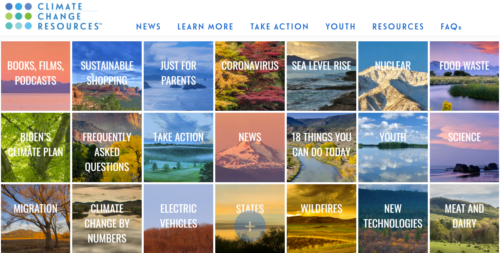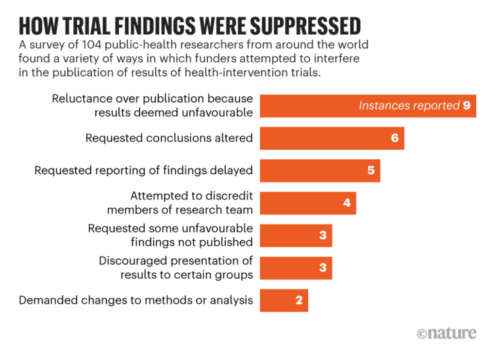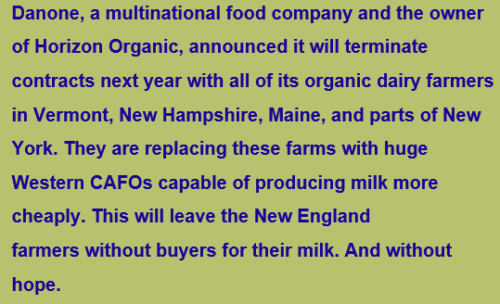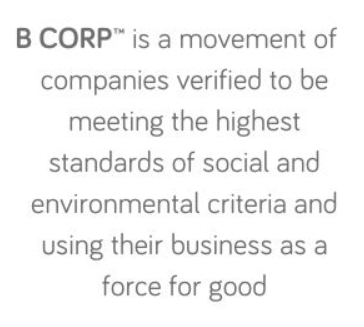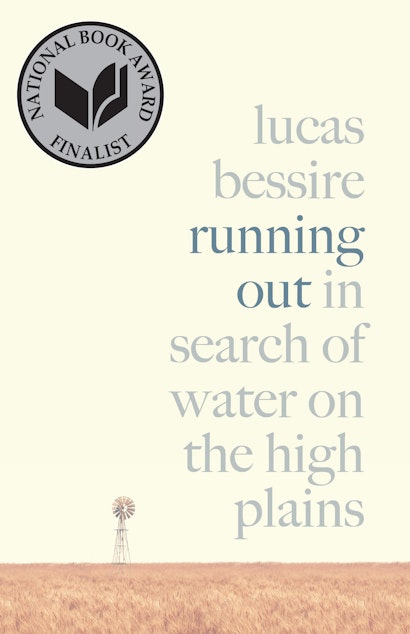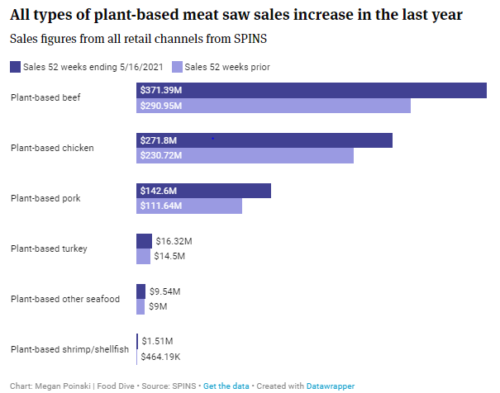Industry-funded study of the week: full-fat dairy
The study: Impact of low-fat and full-fat dairy foods on fasting lipid profile and blood pressure: exploratory endpoints of a randomized controlled trial. Kelsey A Schmidt, et al. The American Journal of Clinical Nutrition, nqab131, https://doi.org/10.1093/ajcn/nqab131. Published: 13 July 2021
Background: “Dietary guidelines traditionally recommend low-fat dairy because dairy’s high saturated fat content is thought to promote cardiovascular disease (CVD). However, emerging evidence indicates that dairy fat may not negatively impact CVD risk factors when consumed in foods with a complex matrix.”
Method: “Participants were then randomly assigned to 1 of 3 diets, either continuing the limited-dairy diet or switching to a diet containing 3.3 servings/d of either low-fat or full-fat milk, yogurt, and cheese for 12 wk.”
Conclusions: “In men and women with metabolic syndrome, a diet rich in full-fat dairy had no effects on fasting lipid profile or blood pressure compared with diets limited in dairy or rich in low-fat dairy. Therefore, dairy fat, when consumed as part of complex whole foods, does not adversely impact these classic CVD risk factors.”
Funding: “National Dairy Council, Dairy Farmers of Canada, Dutch Dairy Association (Nederlandse Zuivel Organisatie), Dairy Australia, and the French Dairy Interbranch Organization (CNIEL),” and NIH and others.
Conflict of interest: “This study was initiated by the principal investigator (MK). The dairy-related funding organizations suggested changes to details of the study design prior to the conduct of the study, some of which were implemented. Otherwise, the funding organizations had no impact on the design or conduct of the trial or the analysis and interpretation of study data.”
Comment: Let’s give these investigators high marks for disclosing that the dairy funders influenced the design of the study, which, as we know from the data of Lisa Bero and her colleagues, is the place where biases caused by industry funding most typically show up. Food companies that fund research are looking for benefits; they won’t risk study designs that might yield inconvenient results.
Reference: For a summary of research on the “funding effect”—the observations that research sponsored by food companies almost invariably produces results favorable to the sponsor’s interests and that recipients of industry funding typically did not intend to be influenced and do not recognize the influence—see my book, Unsavory Truth: How Food Companies Skew the Science of What We Eat.

